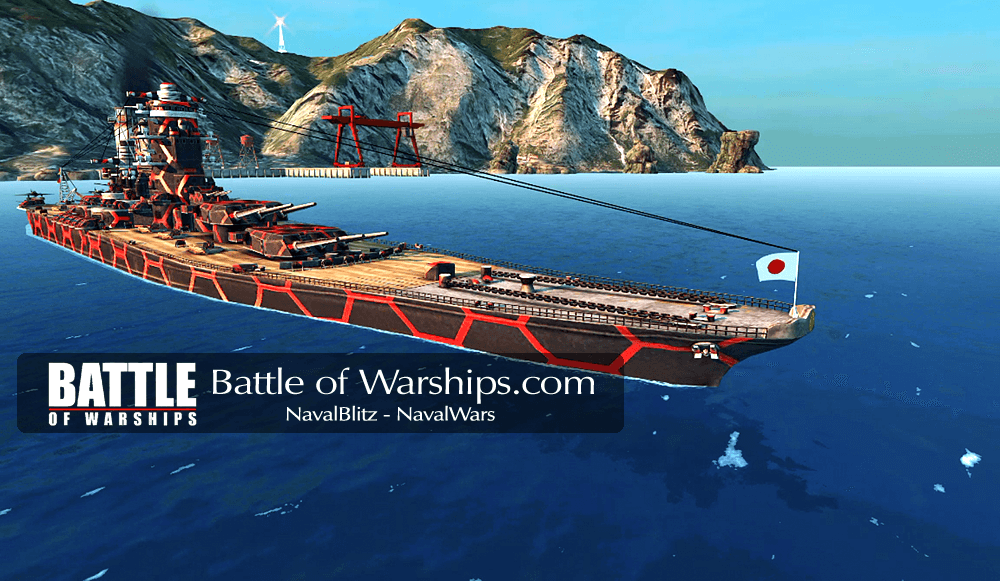

Wakatake | Kuretake | Sanae | Sawarabi | Asagao | Yūgao | Fuyō | KarukayaĢ3 vessel planned 8 completed. Minekaze | Sawakaze | Okikaze | Shimakaze | Nadakaze | Yakaze | Hakaze | Shiokaze | Akikaze | Yūkaze | Tachikaze | Hokaze | Nokaze | Namikaze | Numakaze Momi | Kaya | Nashi | Take | Kaki | Tsuga | Nire | Kuri | Kiku | Aoi | Hagi | Fuji | Susuki | Hishi | Hasu | Warabi | Tade | Sumire | Tsuta | Ashi | YomogiĢ8 vessel planned 21 completed. Served under the Republic of China Navy under the name of Ping Hai, until seized and re-floated in 1938 by IJN, having been sunk the year before.ĭestroyers Destroyers Destroyer (169) Kitakami, Ōi and Kiso later converted to a torpedo cruiser under a short-lived Imperial Japanese Navy program. Mogami considered as an Aviation Cruiser by IJN (1943).

Suzuya and Kumano is Considered as Suzuya Sub-class. She never saw action there and was sunk by aircraft on the way. Yamato was sunk during a one-way trip to Okinawa during operation Ten-Go. The plan was cancelled and the two Ise-class battleships were converted instead.Ĭonverted into Aviation Battleship in 1943.īoth ships underwent significant modernization on 1934–1936, rebuilding the superstructure into the more familiar pagoda mast style.ĥ planned, 1 converted into an Aircraft carrier, 2 cancelled. There was a plan to convert these ships into Aviation Battleships in 1943. Laid down and commissioned as Battlecruisers in early 20th century, remodelled into Battleships because of Washington Naval Treaty in the late 20' and into Fast Battleships in 1935, allowing them to accompany growing carrier force. Of 7 oilers in class, Notoro was converted to seaplane tender and Shiretoko to munition shipĪrmoured vessels Battlecruisers Fast Battleship (4) - former battlecruisers

Hirokawa Maru of the same class was converted to auxiliary (anti-aircraft) cruiser instead of seaplane tender when impressed for Navy service Seaplane tenders Seaplane Tender (9)Īlso midget submarine carrier and minelayer Converted from ocean liner Argentina Maru. Scrapped 1946.Įscort carriers Escort Carrier (10)ġ3,600 tonnes. Both ships sunk in 1944.Ĭonverted from the submarine tender Taigei 1941–1942. Hiyō sunk and Jun'yō scrapped 1946–1947.īoth ships were seaplane tenders before their conversion in 1943.

Scrapped 1946.Ĭonverted from an ocean liner in 1939. Light carriers Light Aircraft Carrier (9)įirst purpose-built carrier in the world. She was sunk on November 29, 1944, by torpedoes from USS Archerfish. Initially laid down as the third of the Yamato-class battleships, Shinano was converted into an aircraft carrier due to the Japanese defeat at Midway. However, design faults and poor damage control allowed it to be sunk with one torpedo from the USS Albacore on June 19, 1944 Unryū was sunk by the USS Redfish, Amagi capsized after air attacks and Katsuragi was the only heavy carrier to survive the warĪ bit of a break from traditional Japanese carrier design, Taiho was a heavily armoured carrier expected to withstand multiple bombs and torpedo strikes. IJN Planned to build 16 ships, however only 3 were completed and 2 almost completed (one of which was sunk as a target then salvaged and later scrapped) before the project was abandoned in favour of Shinano's construction. The design for these ships was based on the aircraft carrier Hiryū. Both carriers were sunk during the 1944 Pacific campaigns. With the exception of the Battle of Midway, Shōkaku and Zuikaku participated in every major naval action of the Pacific War, including the attack on Pearl Harbor, the Indian Ocean Raid, the Battle of the Coral Sea, and the Guadalcanal Campaign. Soryu took part in the attack on Pearl Harbor, the Battle of Wake Island, and supported the conquest of the Dutch East Indies. Hiryū is often considered to be a separated class. Sunk at Midway on June 5, 1942Ĭonverted from a Tosa-class battleship. Aircraft carrier Heavy carriers Fleet Carrier (11)Ĭonverted from an Amagi-class battlecruiser.


 0 kommentar(er)
0 kommentar(er)
